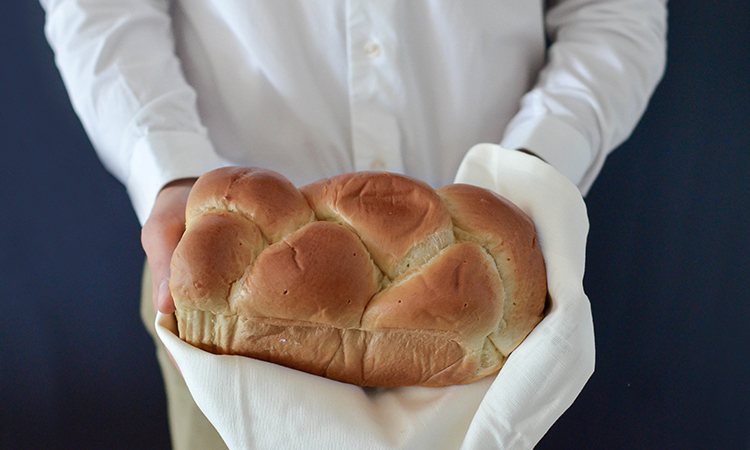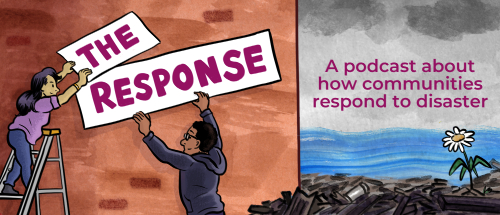Editor’s note: This article was originally published in 2018. In the time since then, the Buy Nothing community has grown to over 4 million people comprised of over 6,800 Buy Nothing groups in 44 countries across the globe. In lieu of this success, the organization has launched its own standalone platform for members to utilize, transitioning away from Facebook. Learn more and download the app here.
Back in 2014, I read an article about the Buy Nothing Project, a collection of independent Facebook groups across the country where members can give and receive freely in their own neighborhoods. The concept was designed to facilitate local gift economies around the world — communities that take care of their local members while conserving their carbon footprints.
I searched for a local group, but, alas, there was nothing remotely near Philadelphia — though there were plenty in other cities around the world. So, naturally, I wanted to see what it would take to start my own. It just took a few days to get permission from Buy Nothing headquarters. They worked with me to narrow down my local area to essentially my zip code. The members poured in — more than 100 in less than 24 hours.
Within a few months the group branched into dozens of local chapters, and soon I was ready to relinquish admin responsibilities and ask other volunteers to take over the day-to-day management. But the beauty of this group was that it already had its own systems and protocols in place — all I had to do was put the wheels in motion for a local chapter.
Today the Philadelphia-area project has grown to thousands of members and more than 25 local groups offering up everything from strollers to string cheese. Some items are in brand new condition and some are on their last legs, but there is a taker for almost everything.
Over the years, I have given and received everything from clothing, toys, and furniture to vegetables, crutches, and leftover house paint. The groups also foster an amazing sense of community. We have collected items for local families in need, and when I found myself in need of support, my Buy Nothing Group rallied with food offerings for my meal train.
It’s hard to even imagine the amount of waste that has been saved from both item reuse and deterring the purchase of new items. Additionally, members can save thousands of dollars, dozens of trips to stores, and immeasurable time that may have been spent searching for a sofa or evening gown.
Here is what you need to know about starting a Buy Nothing Group in your community:
Step 1: Make sure group doesn’t already exist by checking the list at buynothingproject.org. If there isn’t one, you must contact the administration through the website and follow protocol — “Buy Nothing Project” is trademarked, and you will be happy for their guidance. Additionally, the exchanges are typically done on Facebook so all members can see the transactions.
Step 2: Set clear boundaries. Borders can be tricky and may evolve over time. My group started by covering a wide swatch of Philadelphia but due to exponential membership growth, it has split up several times and now covers less than one square mile. However, if you live in a suburban or rural area where population is not as dense and car transportation is more common, you may find your group covering several towns. Members must prove they live within the boundaries (generally only confirmation through Facebook messenger is necessary) and may only join one group.
Step 3: Give freely from your own abundance and only take what you can use. No one is keeping score and giving is not based on financial need. Everyone is equal, and choosing who to gift when an item is in high demand may be selected at random, based on pick up time, through picking a number,however the gifter would like to choose.
Step 4: Don’t use this as a platform to buy or sell things. There are plenty of other groups for that. Make sure to read the pinned documents for some of the basic rules of group decorum.
Step 5: Share your skills. You can also help someone move, unclog their drain, or teach them piano. Gifts don’t always have to be tangible and may be service-based.
Step 6: Show appreciation. You don’t need to reciprocate with anything but a simple “Thank you” goes a long way. (Although when someone brought fresh-baked pizzelles as a thank you for my space heater, I wasn’t going to not eat them.)










